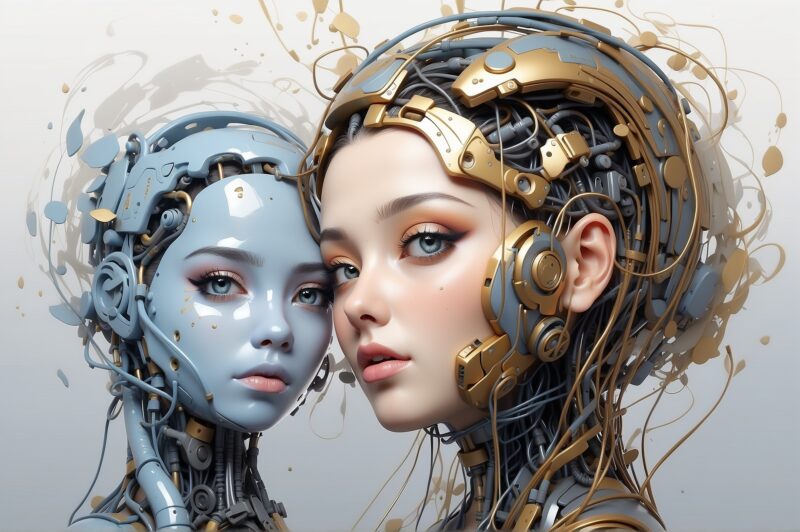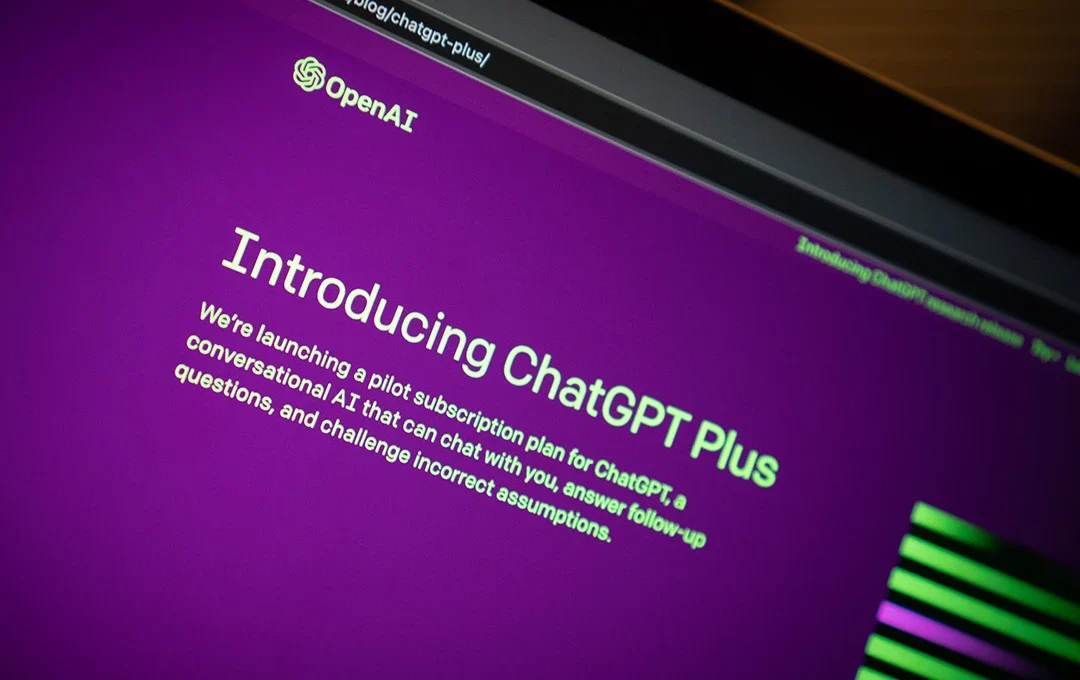Are you prepared to unveil generative AI, the technological marvel of the future? To be clear, AI is now so pervasive that it barely registers on a scientific level. Generative AI is now the center of attention because it is truly remarkable. Miss the point? We may go at our own pace, no need to rush!
It’s centered around machines that are absolutely brilliant!
Envision this: generative AI enables computers to generate original concepts and works of art. This artificial intelligence isn’t your average rule-abiding program; it does art, literature, music, and digital landscapes. It ‘thinks’ of something novel after learning from massive amounts of data.
Imagine living in a world where AI concocts a heart-warming symphony or writes an gripping piece, just as good as any human could do. That’s the future we’re stepping into.
The Nitty-Gritty of Generative AI
At the core of generative AI, there are remarkable algorithms called generative models. Similar to sponges, they can soak in vast amounts of information and identify patterns, styles, and structures. The prime exemplars of these models are GANs (Generative Adversarial Networks) and VAEs (Variational Autoencoders).
Two models battle it out within a GAN: one, the creator, and the other, the evaluator. While the creator spins out content, the evaluator assesses it. Through this continuous back-and-forth, the creator learns and grows, conjuring up increasingly intricate outputs.
VAEs, meanwhile, squish data down into a compact form and then re-expand it. If you’re looking to tweak something that already exists—like an image—VAEs are your go-to.
Incredible Real-world Uses
The reach of generative AI is vast and downright intriguing. In the sphere of art, AI is ‘painting’ canvases that people want to hang on their wall or sell. In music, AI’s putting out tunes that are fresh and hip.
In the corporate scene, it’s vastly facilitating content creation. Businesses can now automate and personalise everything from snazzy marketing blurbs to tailored emails with AI’s help. Plus, in game design and virtual reality, AI’s cooking up captivating, ever-flexible worlds that offer a different adventure every time.
The Ethical Consideration
Powerful as it is, generative AI also brings up a bunch of ethical conundrums. Top on the list: who can claim rights to the works of AI? Who ownsWelcome to a world where the enchantment of tech leaps off the pages of sci-fi and into our hands — The world of Generative AI! This might be a new phrase in your tech vocabulary, but don’t worry. We’re going to stroll you through this advanced technology so that even if you’re just getting your bearings, you won’t miss a thing.
So, what’s the scoop on this creative machinery? Well, in its most basic clothing, generative AI is about machines’ capacity to master the art of creating content. Think paintings, tunes, textual matter, or virtual spaces, these machines crank up the creativity bar like never before. Traditional AI takes orders, follows rules. But generative AI? It learns from data, fashioning fresh, novel substance.
Imagine if AI could craft a soulful melody, or weave a blog post just like the one you’re reading now. Sounds ‘too good to be true’, doesn’t it? But that’s the incredible horizon we’re moving towards.
So, let’s break down the mechanics. The backbone of generative AI is something known as generative models — the super-smart algorithms trained on vast troves of information to understand patterns, styles, and the scaffolding of content. The tech world is abuzz with mentions of GANs (Generative Adversarial Networks) and VAEs (Variational Autoencoders) in this context.
These GANs are a duo-operated system, where one buddy, the generator, designs content and the other, the discriminator, critiques it. What’s the fallout? The generator refines its skills with each feedback, transforming into a better artist.
VAEs, on their part, are experts in coding data into a trimmer form and then rebuilding it. Think of them as that creative friend who can add a twist of their own to anything already existing, like tweaking images with subtle edits.
Now, what comes out of all this? Well, a heap of truly gripping applications. In the world of art, AI algorithms are crafting masterpieces worthy of a gallery showcase. Pushing the boundaries of music composition, AI is creating unheard melodies.
In businesses, this tech is reshaping how content is created. Whether it’s catchy marketing text or personalized email messages, AI is lending a hand to firms in automating and customizing content on a mass scale. Keen on gaming or virtual reality? AI is fashioning immersive, constantly-changing arenas, each play offering a distinct thrill.
But with all its charm, generative AI doesn’t come without a whisper of worry. The ethics of it is a concerning subplot. The hot topic? Originality and ownership rights. Who calls dibs on an artwork designed by AI? Then there’s the dilemma of misuse and the dread of deepfakes. How do we fight off digital mistrust and misinformation? These tricky questions have to be puzzled over as the tendrils of generative AI take deeper root in our lives.
Aspiring to be an AI alchemist? Your journey begins with understanding the fundamentals of artificial intelligence and machine learning. Feeling unsure? Good news! Microsoft has arranged a comprehensive 12-lesson syllabus to teach you just that, a nifty resource for all newcomers eager to dip their toes into this thriving field.
You could also roll up your sleeves and experiment with platforms like TensorFlow and PyTorch, offering libraries and tools for generative models. Want it easy? There are pre-trained models to give you a sneak peek without having to build stuff from scratch.
Generative AI isn’t just another shiny gadget in the tech store; it’s an open door to a future where humans and AI form a creative team, a world we thought belonged only to science fiction. It’s not exclusive to tech whizzes. Instead, it’s an open field welcoming curiosity and creative flair from everyone.
So, if you’re just dipping your toes in or are already fascinated, the time is now. The future of AI seems to be generative, and it’s nudging us all to play a part in its saga.




